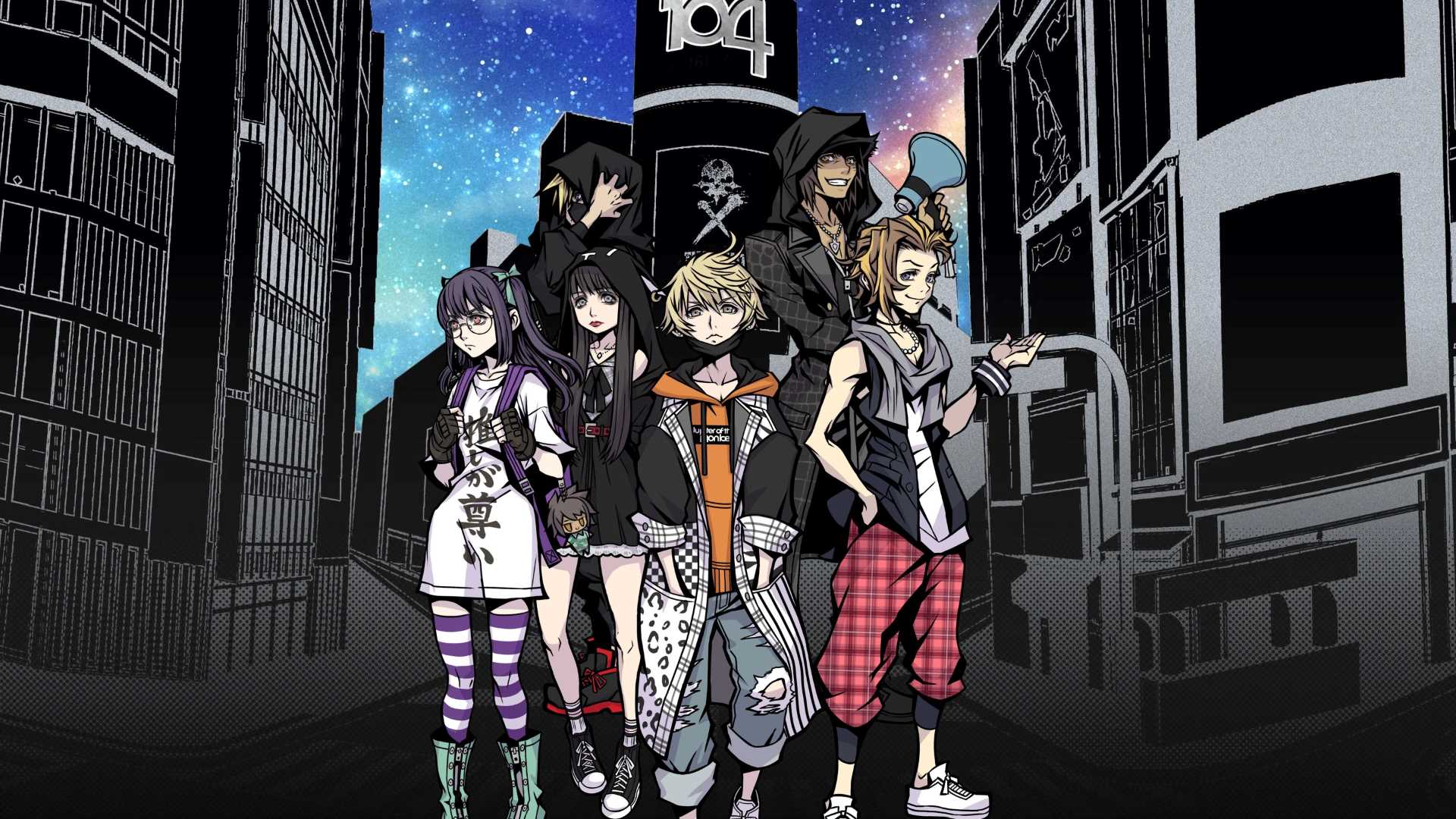Video Gamer is reader-supported. When you buy through links on our site, we may earn an affiliate commission. Prices subject to change. Learn more
Neo: The World Ends with You is set in Shibuya, one of Tokyo’s twenty-three special wards. It is more special than most. Its total area is 5.83 square miles, and, according to a recent survey, each square mile contains 38,018.7 people. Clearly, it’s the place to be. What such a survey doesn’t tell you is that each square mile pullulates not just with people but with spectres. Or, rather, with Noise—the name given to an invisible horde of bestial phantoms who, with a blast of static, haunt the air. Our hero, a college student named Rindo Kanade, is able to see them and, indeed, to battle them. But who can see him? Early on, he is told that he is dead, and I wonder if, to the bestial horde of the living, he is merely Noise. And if so, is anyone listening, or have they tuned him out?
The game has been developed by Square Enix and h.a.n.d. (Hokkaido Artists’ Network and Development). One of its artists (as well as one of its producers) is Tetsuya Nomura, who worked as a character designer on numerous Final Fantasy games, before pumping his strange visual style into Kingdom Hearts. In 2007, Nomura worked on The World Ends with You, an action-RPG for the Nintendo DS. It, too, was set in Shibuya, and the deeds of its characters uncurled across two screens. The combat entailed the jab and slice of the stylus, and even had you shouting into the microphone. Around it grew the Noise of a cult following. I tuned it out at the time—much like its protagonist, Neku, who, clutching fiercely at the headphones clamped to his ears, says, “I don’t get people. Never have. Never will.”

Neo: The World Ends with You is a sequel, landing on July 27, on PlayStation 4 and Nintendo Switch, and the demo is available now. But why bother? What treasures await in its gleaming, ghost-infested streets—in short, what is there to shout about?
Well, first of all, there is the camera, which is unclasped from the 2-D plane of the first game and plunged into three dimensions. Fortunately, jumping from the twin panes of DS—across which streamed cloudbursts of spiky colour—to the TV, Nomura’s eye for the vertiginous and the teeming hasn’t blurred. One moment, Shibuya’s buildings bend and loom around the lens, which looks up at Rindo from ground level, ravening up the road in pursuit. The next, as he ventures down a busy thoroughfare, he’s framed sideways-on, in a tracking shot that tramples the senses with pedestrians: schoolchildren in brisk blue uniforms, shoppers flocking the crosswalks, and white-shirted businessmen whose spirits are crumpled by the commute.
Like Toshihiro Nagoshi—who seems to have crafted the Yakuza series in large part to pay homage to Kabukicho, Tokyo’s red-light district—Nomura is on a mission to capture. Only, Nagoshi kept his exaggerations to the soap opera of the story; he let the natural surrealism of the alleyways, knotted with crowds and flickering with neon, speak for itself. Nomura, however, doesn’t wish merely to document; he would prefer to give us the glowing afterimage that such places leave on the retina—to render the boulevards as they might appear in our memory, warped by the clamour of time.

Rindo is joined by his friend Furesawa—nicknamed Fret, despite being remarkably free of fear—and the pair, along with various others, combat a range of ghouls. These clashes are in real time, with each of your party members pinned to a button, and you need to alternate your attacks to fill the “Groove meter,” allowing for sudden surges of power. The duality of the original, in which combat was cracked down the middle and unfolded across both screens, is preserved here. Mastering it, back then, meant flicking between characters, fiddling with the face buttons, the stylus, and the microphone until you slipped into a trance of concentration—raising the groove meter in one’s mind, as it were. (If you spotted someone playing it, on a bus or on a train, say, you felt like Rindo and Fret do here: as if you had seen a creature that had only one foot in our reality.)
Now the multitasking is back, albeit less frantic than before. But what has pulled me into NEO: The World Ends with You is less the chance to lose myself amidst demons and undead youngsters than it is to see the way they lose themselves—to glimpse their own private purgatory. “I just got bored ’cause someone was glued to their phone,” says Fret, with a hint of frustration, as though his friend had secreted himself to an unreachable sanctum. As you wander through Shibuya, you can scan the environment for enemies; when you do, the thoughts of ordinary citizens crackle through the air like text messages. “Everyone in Shibuya has literally been walking right through us,” says Rindo. “It’s like we’re ghosts or something.” And you sense his plight reaching beyond the bounds of the plot.
Is it any wonder that Nomura was drawn to the world of Disney? Not for its candied texture, or for its promise of a pleasure ground where dreams are followed, wickedness is punished, and happy endings await; but for the comfort of enclosure, of a realm away from grownups, ruled by dreamers—a kingdom of the heart. In NEO: The World Ends with You, Nomura follows his theme into darker territory. The title says it all, for what is dying but our own personal apocalypse? For Rindo, Fret, and the others, getting sucked into limbo doesn’t make that much difference. The fact is that limbo is on offer every day: in phones, in music, in games, in the internet, and in the vales of their own interior space. The rest is noise.

